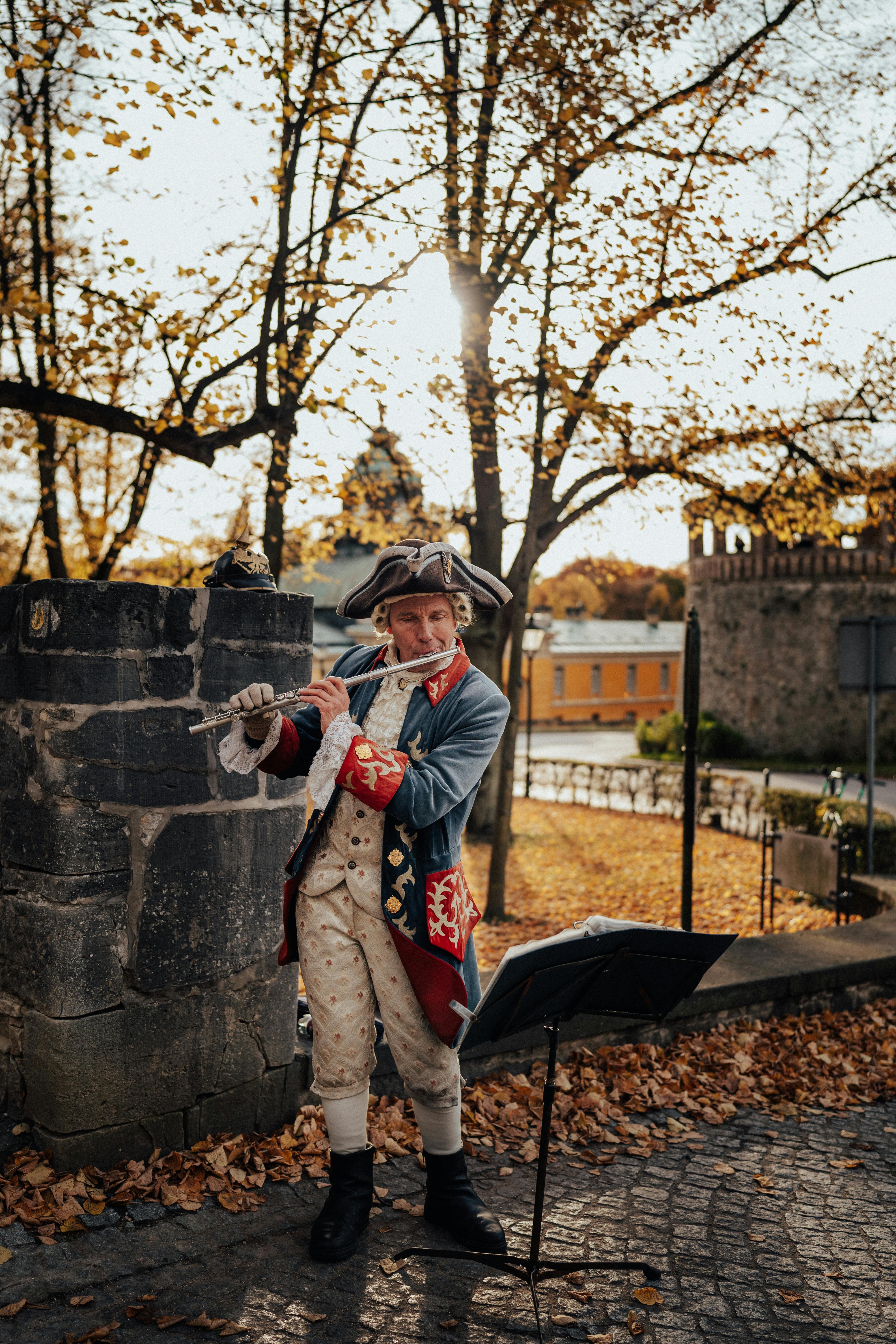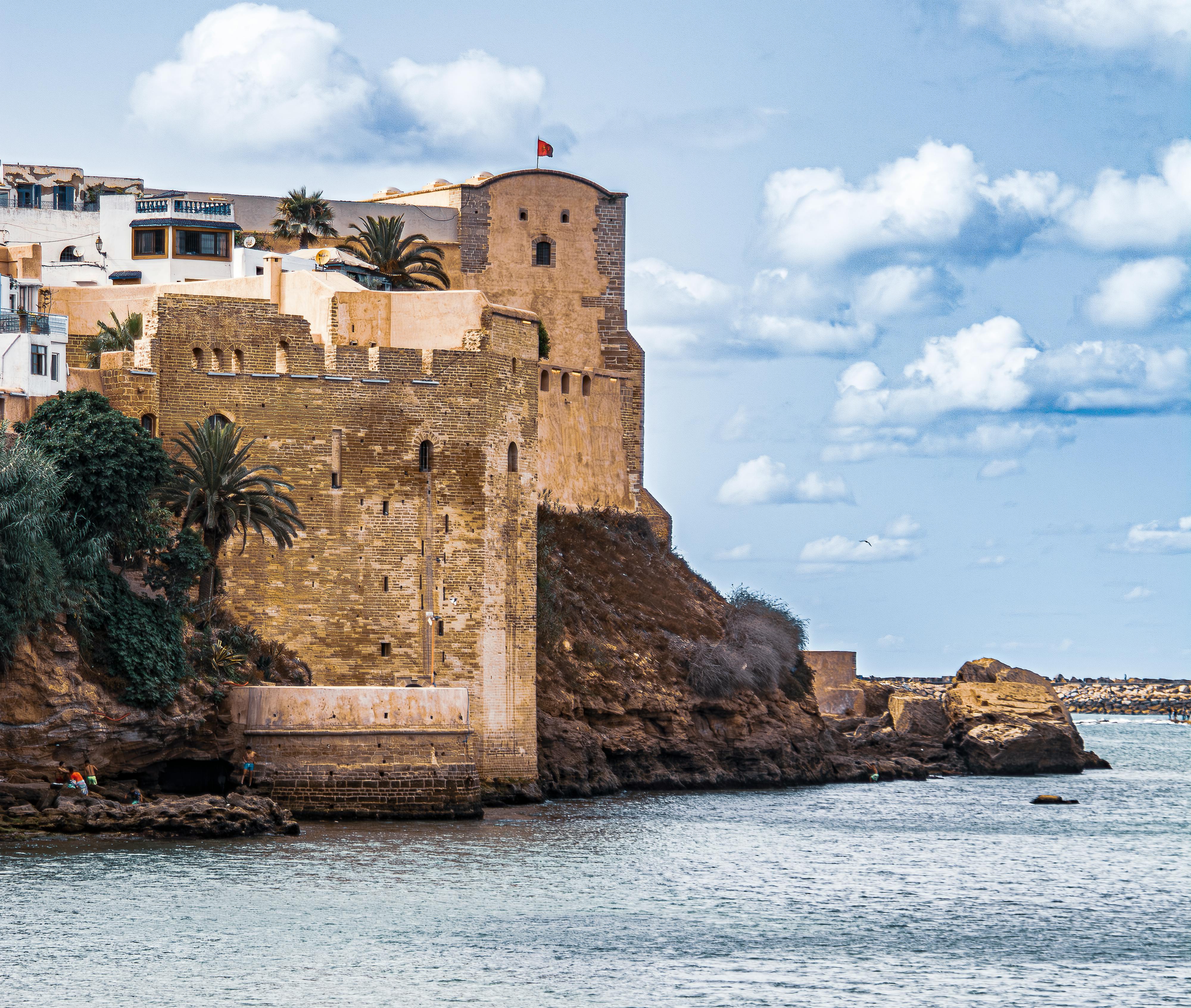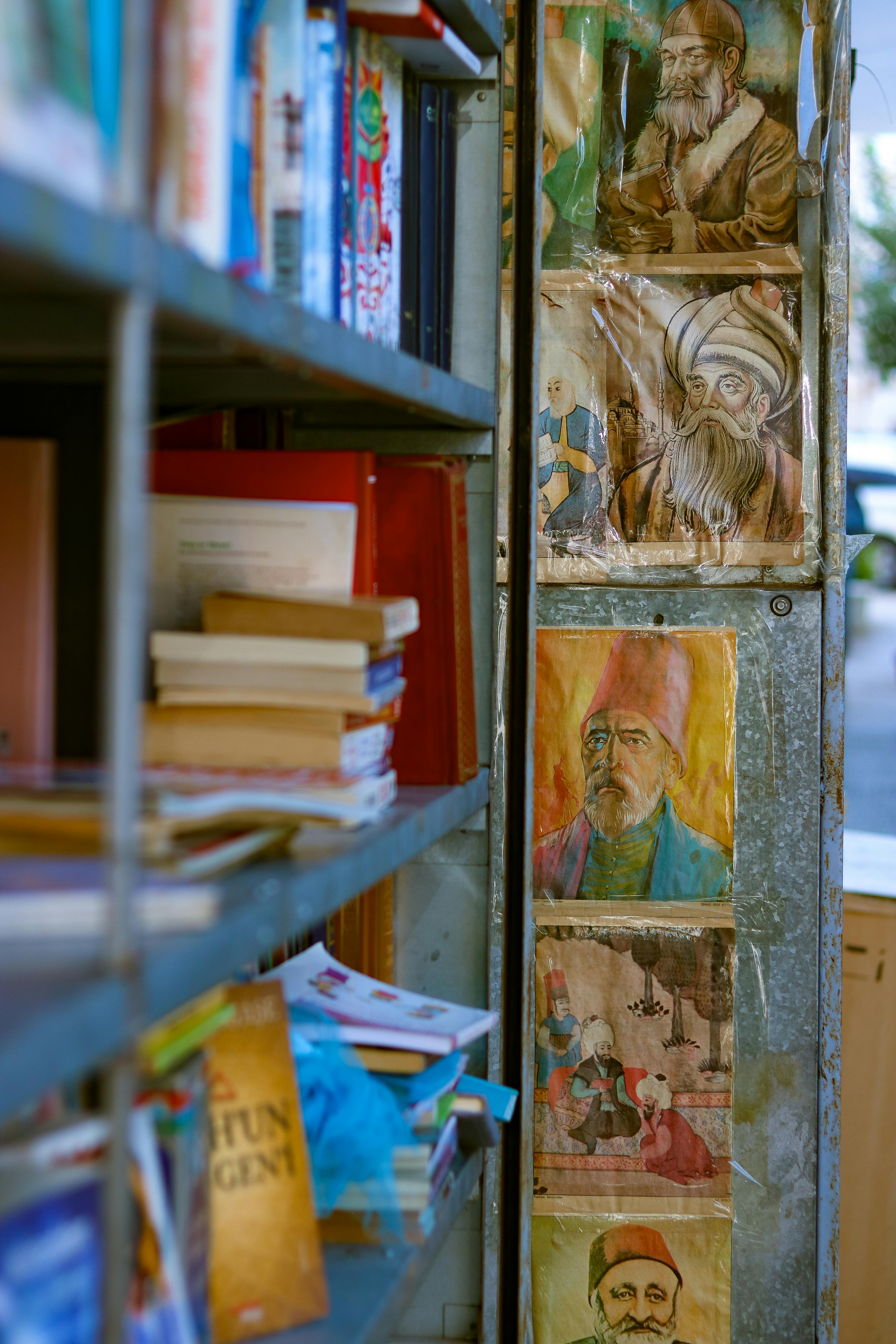If you are seeking a destination that seamlessly blends ancient history with modern wonders, look no further than the Middle East. With its rich tapestry of cultural heritage and breathtaking landscapes, this region offers a captivating journey like no other. From the ancient pyramids of Egypt to the iconic Petra in Jordan, you will find yourself stepping back in time as you immerse yourself in the stories of the past. But the Middle East is not just a living museum, it is also a thriving hub of innovation and progress. Discover the dazzling skyscrapers of Dubai, explore the futuristic cities of Qatar, or unwind on the pristine beaches of Oman. Get ready to embark on an extraordinary adventure that will leave you in awe of the Middle East’s timeless charm and modern marvels.

Ancient History
The Middle East has a rich and fascinating ancient history, serving as the cradle of civilization. It was in this region that many of the world’s first civilizations flourished, leaving a lasting impact on human development.
Cradle of Civilization
Often referred to as the “Cradle of Civilization,” the Middle East is home to some of the earliest known human settlements. It is believed that the first agricultural revolution took place here around 10,000 BCE, leading to the establishment of permanent communities. This transition from a nomadic lifestyle to settled agriculture laid the foundation for the development of complex societies and the birth of civilizations.
Mesopotamia: Birthplace of Writing and Architecture
Mesopotamia, located in modern-day Iraq, was one of the earliest civilizations in history. It is renowned for its contributions to writing and architecture. Mesopotamians developed the world’s first known system of writing, cuneiform, which involved using wedge-shaped marks on clay tablets. They also constructed intricate ziggurats and palaces, showcasing their advanced architectural skills.
Egypt: The Land of Pharaohs
Egypt holds an enduring allure as the land of pharaohs, pyramids, and the majestic Nile River. Ancient Egypt’s civilization emerged around 3100 BCE and thrived for over 3,000 years. The pyramids at Giza, including the Great Pyramid of Khufu, stand as iconic symbols of this ancient kingdom’s monumental achievements. The Egyptians’ advancements in mathematics, medicine, and engineering continue to astound us to this day.
Persia: The Achaemenid Empire
Persia, known today as Iran, was home to one of the greatest empires in history: the Achaemenid Empire. Under the rule of Cyrus the Great, this empire expanded its influence across a vast territory in the 6th century BCE. The Achaemenids were renowned for their administrative skills, with an elaborate system of governance and an extensive road network known as the Royal Road. Their lavish palaces and majestic Persepolis are a testament to their grandeur.
The Nabateans: Masters of Petra
In the heart of Jordan lies Petra, an ancient city carved into rose-colored sandstone cliffs. This UNESCO World Heritage Site was once the capital of the Nabatean Kingdom, a remarkable civilization that thrived from the 4th century BCE to the 1st century CE. The Nabateans were masters of engineering, constructing intricate water management systems and marvels such as the Treasury and the Monastery. Today, Petra stands as a testament to their architectural prowess and cultural legacy.
Islamic Golden Age
The Islamic Golden Age refers to a period of remarkable intellectual, scientific, and cultural achievements that occurred from the 8th to the 14th centuries CE. During this time, Islamic civilization flourished, leaving an indelible mark on human history.
Introduction to the Golden Age
The Islamic Golden Age can be attributed to the flourishing culture and intellectual curiosity of the Islamic world. It was characterized by an openness to learning from various traditions, leading to significant advancements in science, medicine, arts, literature, and philosophy.
Advancements in Science and Medicine
Islamic scholars made groundbreaking contributions to the fields of mathematics, astronomy, and medicine. Scholars such as Al-Khwarizmi developed algebra and contributed to the development of trigonometry. Islamic astronomers made significant discoveries, including the accurate measurement of the Earth’s circumference. In medicine, scholars like Ibn Sina (Avicenna) wrote influential medical texts that became standard references in Europe for centuries.
Arts, Literature, and Philosophy
The Islamic Golden Age flourished with artistic and literary achievements. Islamic art, characterized by its intricate geometric patterns and arabesque designs, is prominently displayed in architecture, ceramics, and textiles. Renowned philosophers like Ibn Rushd (Averroes) made significant contributions to various philosophical fields, including theology, metaphysics, and ethics.
Arabesque Architecture and Islamic Calligraphy
Arabesque architecture is one of the most distinct and beautiful features of Islamic art. It is characterized by the intricate geometric patterns and repetitive designs that adorn mosques, palaces, and other structures. Islamic calligraphy, both decorative and functional, became an art form in itself, with skilled calligraphers creating beautiful scripts that often incorporated verses from the Quran.

Major Religions
The Middle East is home to several major religions that have profoundly shaped the region’s history and continue to influence the lives of millions of people today.
Islam: The Dominant Religion
Islam, one of the world’s major religions, originated in the 7th century CE in the Arabian Peninsula. It is a monotheistic faith that believes in the teachings of the Prophet Muhammad as the final and most significant messenger of God. Islam encompasses a wide range of beliefs and practices, including the Five Pillars of Islam: Shahada (faith), Salat (prayer), Zakat (charity), Sawm (fasting), and Hajj (pilgrimage to Mecca).
Christianity: Ancient Churches and Holy Sites
Christianity traces its roots back to the life and teachings of Jesus Christ in the 1st century CE. The Middle East is home to many significant Christian sites, including Bethlehem, the birthplace of Jesus, and Jerusalem, where Jesus was crucified and resurrected. Ancient churches, such as the Church of the Holy Sepulchre, attract pilgrims from around the world.
Judaism: Historical Landmarks and Heritage
Judaism is one of the oldest monotheistic religions, with roots dating back to ancient times. The Middle East holds immense historical and cultural significance for Jewish people. Jerusalem’s Western Wall, the holiest site in Judaism, is a place of prayer and pilgrimage. Other significant landmarks include the ancient city of Jericho and Masada, a mountain fortress with a tragic history.
Zoroastrianism: The Ancient Persian Faith
Zoroastrianism, originating in ancient Persia, predates both Christianity and Islam. It is a monotheistic religion founded by the prophet Zarathustra (Zoroaster) around the 6th century BCE. Zoroastrians believe in the dualistic nature of existence, with a constant battle between good and evil. The Yazd province in Iran remains a vibrant center of Zoroastrian culture and heritage.
Natural and Historical Wonders
The Middle East boasts an abundance of natural and historical wonders that captivate visitors with their beauty, grandeur, and historical significance.
The Pyramids of Giza
The Pyramids of Giza, located on the outskirts of Cairo, are timeless marvels and one of the Seven Wonders of the Ancient World. These monumental structures, built as royal tombs for pharaohs, stand as a testament to the ancient Egyptian civilization’s engineering prowess and enduring legacy.
Jerusalem’s Old City: A UNESCO World Heritage Site
Jerusalem’s Old City is not only a spiritual center for three major religions but also a UNESCO World Heritage Site, attracting travelers from around the globe. The city’s narrow streets, historic buildings, and religious sites, including the Western Wall, the Church of the Holy Sepulchre, and the Al-Aqsa Mosque complex, offer a glimpse into the region’s rich and diverse history.
Petra: The Rose City
In the southwestern deserts of Jordan lies Petra, an ancient city carved into stunning rose-colored sandstone cliffs. Known as the “Rose City,” Petra amazes visitors with its intricate rock-cut architecture, including the iconic Treasury. This UNESCO World Heritage Site provides a captivating window into the ancient Nabatean civilization.
Cappadocia: Fairy Chimneys and Underground Cities
Located in the heart of Turkey, Cappadocia is a unique and otherworldly landscape shaped by volcanic eruptions and erosion. Its fairy chimneys, rock formations resembling mushroom-like pillars, create a magical ambiance. Cappadocia is also renowned for its intricate network of underground cities, providing a fascinating glimpse into Byzantine-era life.
Wadi Rum: The Valley of the Moon
Wadi Rum, located in southern Jordan, is a majestic desert valley renowned for its scenic beauty and Mars-like landscape. Its towering sandstone mountains, red sand dunes, and ancient rock art make it a popular destination for outdoor enthusiasts and those seeking a unique desert experience.

Modern Metropolises
The Middle East is home to bustling modern metropolises that blend tradition with contemporary innovation, offering visitors a vibrant tapestry of cultures, cuisines, and architectural marvels.
Dubai: A City of Superlatives
Dubai, part of the United Arab Emirates, is known for its extravagant skyscrapers, luxurious hotels, and world-class shopping malls. From the iconic Burj Khalifa, the tallest building in the world, to the man-made Palm Jumeirah island, Dubai captivates visitors with its larger-than-life attractions and opulent lifestyle.
Istanbul: Where East Meets West
Straddling the continents of Europe and Asia, Istanbul represents a harmonious fusion of Eastern and Western cultures. Known for its iconic landmarks, such as the Hagia Sophia and the Blue Mosque, Istanbul offers a captivating blend of history, culinary delights, bustling markets, and vibrant nightlife.
Tel Aviv: Israel’s Vibrant Coastal City
Tel Aviv, Israel’s lively cosmopolitan city situated along the Mediterranean coast, is a thriving hub of culture, technology, and innovation. Its stunning beaches, modern architecture, vibrant nightlife, and thriving culinary scene make it a must-visit destination for travelers seeking a modern metropolis with a beachside charm.
Doha: A Blend of Tradition and Modernity
Doha, the capital city of Qatar, seamlessly blends its rich history and traditions with modern development. Its gleaming skyscrapers, like the iconic Qatar National Library, stand alongside traditional souks and stunning Islamic architecture. Doha’s commitment to preserving its cultural heritage is evident in its world-class museums and exhibitions.
Cuisine and Culinary Delights
The Middle East tantalizes the taste buds with its diverse and flavorful cuisine, characterized by an array of spices, fresh ingredients, and mouthwatering dishes that reflect centuries of culinary tradition.
Middle Eastern Staples: Hummus, Falafel, and Shawarma
Middle Eastern cuisine is famous for its delightful staples. Hummus, a creamy blend of chickpeas, tahini, garlic, and lemon, serves as a beloved dip or spread. Falafel, deep-fried patties made from chickpeas or fava beans, offer a satisfying crunch. Shawarma, thinly sliced marinated meat served in a wrap or pita bread, beckons with its fragrant spices and condiments.
Lebanese Delicacies: Tabbouleh and Baklava
Lebanese cuisine exudes freshness and vibrant flavors. Tabbouleh, a refreshing parsley and bulgur wheat salad, packs a zesty punch. Baklava, a sweet pastry made from layers of filo dough filled with nuts and soaked in a sweet syrup, is the perfect indulgence for those with a sweet tooth.
Persian Cuisine: Kebabs and Rice Dishes
Persian cuisine showcases a myriad of flavors, often enhanced with delicate spices like saffron. Kebabs, succulent skewered meats grilled to perfection, tantalize taste buds with their smoky aroma. Rice dishes, such as Iranian tahdig with its crispy bottom layer, offer a delightful contrast of textures.
Israeli Food: From Sabich to Shakshuka
Israeli cuisine is a delightful fusion of diverse culinary traditions brought by Jewish immigrants from around the world. Sabich, a popular street food, consists of pita bread filled with fried eggplant, hard-boiled egg, and a variety of condiments. Shakshuka, a flavorful dish of poached eggs in a spiced tomato and pepper sauce, has gained global recognition for its delicious simplicity.
Exploring the Desert
The Middle East’s vast and breathtaking deserts provide both tranquility and adventure for those who venture into their vast landscapes.
The Sahara: A Vast Sea of Sand
The Sahara Desert, the world’s largest hot desert, covers a significant portion of Northern Africa. Stretching across multiple countries, it presents a mesmerizing expanse of shifting sand dunes, rugged mountains, and remote oases. For intrepid travelers, camel treks, stargazing, and unique cultural encounters await in this awe-inspiring desert.
Wahiba Sands: The Omani Desert
Located in Oman, the Wahiba Sands is a captivating desert that offers a glimpse into traditional Bedouin culture and lifestyle. Visitors can explore the towering sand dunes, go dune bashing or camel trekking, and spend nights under the starry desert sky in a Bedouin camp.
The Dead Sea: A Unique Natural Wonder
The Dead Sea, located between Jordan and Israel, is a fascinating natural wonder renowned for its high salt content and buoyancy. This extraordinary saltwater lake allows visitors to effortlessly float on its surface while enjoying the therapeutic benefits of the mineral-rich mud found along its shores.
The Empty Quarter: Arabia’s Largest Sand Desert
The Empty Quarter, also known as the Rub’ al Khali, is the largest continuous sand desert in the world, covering parts of Saudi Arabia, Oman, Yemen, and the United Arab Emirates. Its vast stretches of golden sand, towering dunes, and boundless horizons create a breathtaking landscape that is both awe-inspiring and humbling.
Modern Challenges and Political Landscape
The Middle East faces various modern challenges and complex geopolitical dynamics that profoundly impact the region’s stability, development, and people’s lives.
Conflicts and Wars
The Middle East has been plagued by conflicts and wars that have shaped the region’s political landscape. From the Israeli-Palestinian conflict to ongoing conflicts in Syria, Yemen, and Iraq, these conflicts have brought immense suffering to the people and disrupted socio-economic progress.
The Arab Spring: Protests and Revolutions
The Arab Spring, a series of pro-democracy uprisings that began in 2010, swept across several countries in the Middle East and North Africa. These mass protests and revolutions brought about both hopes for democratic change and, in some cases, political instability and continued socioeconomic challenges.
Geopolitical Tensions
The Middle East remains a region of complex geopolitical dynamics and tensions, with multiple rivalries and conflicts between countries. Issues such as regional power struggles, sectarian divisions, and competing interests have resulted in a delicate balance of power that affects regional stability and global politics.
Forced Displacement and Refugee Crisis
The Middle East faces significant challenges related to forced displacement and the refugee crisis. Ongoing conflicts and political instability have led to mass displacement of people within and across borders, placing immense burdens on countries hosting refugees and causing humanitarian crises.
Preserving Cultural Heritage
Preserving and celebrating the Middle East’s rich cultural heritage is of utmost importance to ensure that future generations can appreciate and learn from the region’s history, traditions, and artistic achievements.
UNESCO World Heritage Sites
The Middle East is home to numerous UNESCO World Heritage Sites that showcase its rich cultural and historical significance. These sites range from ancient archaeological sites, such as Palmyra in Syria and Persepolis in Iran, to cultural landmarks like the Old City of Jerusalem and the historic city of Yazd in Iran.
Archaeological Discoveries
Ongoing archaeological excavations in the Middle East unearth treasures that shed light on the region’s ancient civilizations and cultural heritage. These discoveries, like the royal tombs of Ur in Iraq or the ancient city of Petra in Jordan, provide valuable insights into the past and contribute to our understanding of human history.
National Museums and Cultural Institutions
National museums and cultural institutions play a vital role in preserving, showcasing, and educating the public about the region’s heritage. Institutions such as the Egyptian Museum in Cairo, the Israel Museum in Jerusalem, and the National Museum of Iran in Tehran house priceless artifacts and provide spaces for cultural exchange.
Revitalization of Traditional Crafts
Efforts to revitalize traditional crafts and skills are crucial in preserving cultural heritage and supporting local communities. From carpet weaving in Iran to pottery making in Jordan, these traditional crafts offer a glimpse into centuries-old traditions and provide sustainable livelihoods for artisans.
Hospitality and Tourism
The Middle East’s unique blend of ancient history, natural wonders, vibrant cities, and warm hospitality make it an increasingly popular destination for travelers seeking diverse experiences and cultural immersion.
Luxury Resorts and Desert Camps
Luxury resorts and desert camps in the Middle East offer unparalleled experiences for those seeking relaxation and indulgence. Whether it’s the opulent resorts of Dubai or the luxurious tented camps in the Omani desert, travelers can enjoy world-class amenities while immersing themselves in the region’s stunning landscapes.
Iconic Landmarks and Tourist Attractions
The Middle East is home to iconic landmarks and tourist attractions that draw visitors from around the world. From the majestic Pyramids of Giza to the awe-inspiring Petra, these sites provide unforgettable experiences and insights into the region’s ancient history and architectural marvels.
Shopping Souks and Bazaars
The Middle East’s bustling souks and bazaars offer a unique shopping experience. From the vibrant spice markets of Marrakech to the labyrinthine alleys of the Old City in Jerusalem, these bustling marketplaces showcase local craftsmanship, textiles, spices, and traditional goods.
Hospitality Traditions and Arab Bedouin Culture
The Middle East, known for its warm hospitality, holds a deep-rooted tradition of welcoming guests. Arab Bedouin culture, in particular, embraces the concept of hospitality, with Bedouin communities opening their tents to weary travelers in the desert. This tradition continues to be an integral part of the region’s cultural fabric.



